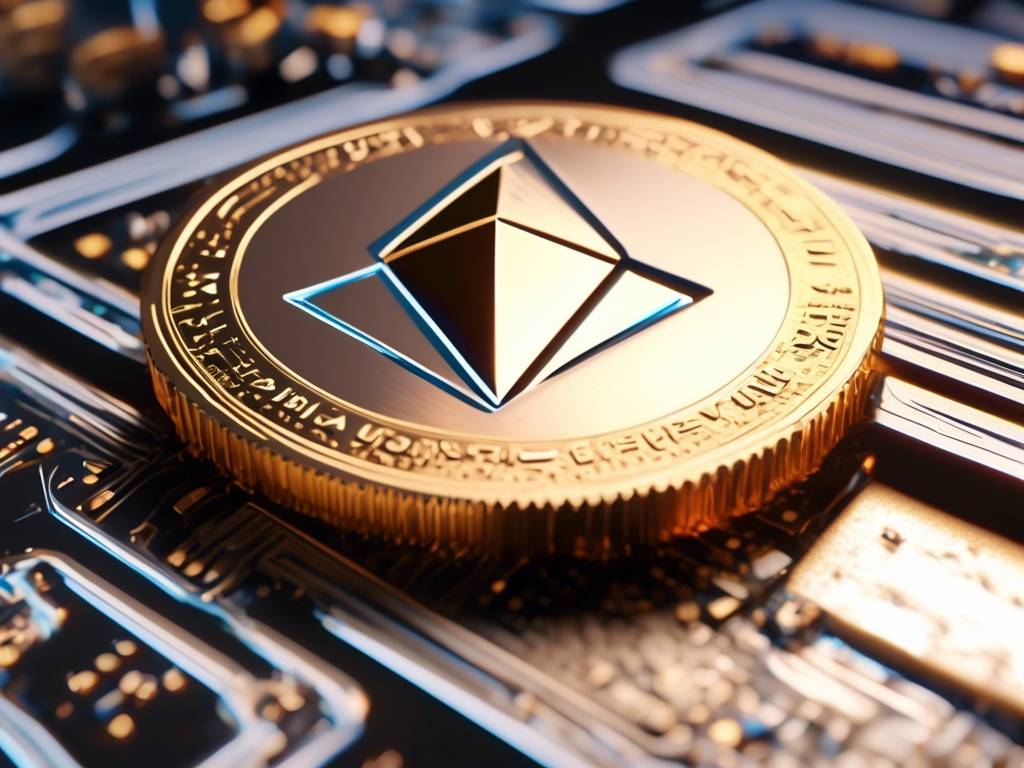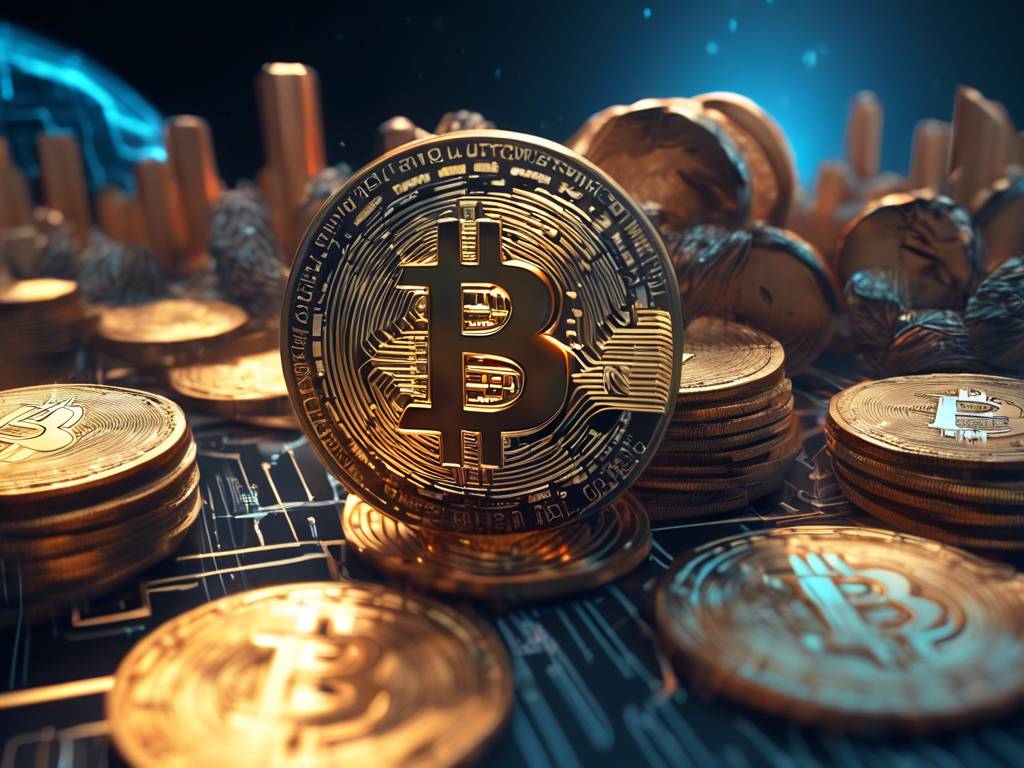The Importance of the Dencun Upgrade for Ethereum
The Ethereum blockchain, a cornerstone of the decentralized finance (DeFi) ecosystem, has consistently grappled with scalability issues. Network congestion during periods of high activity leads to slow transaction times and exorbitant gas fees, hindering user experience and hindering the network’s ability to support a wider range of applications. The Dencun upgrade, deployed in March 2024, marked a significant step towards addressing these challenges, introducing novel concepts that lay the groundwork for a more scalable future for Ethereum.
Introduction of Proto-Danksharding and Its Impact
- Dencun introduced the concept of “proto-danksharding,” paving the way for future sharding implementation on the Ethereum network.
- Sharding involves dividing the blockchain into partitions, or shards, each processing transactions independently.
- This parallel processing capability has the potential to significantly increase Ethereum’s transaction throughput.
Optimizing Transaction Fees with Layer 2 Solutions
- Dencun did not directly reduce fees on the main Ethereum network but focused on optimizing fees within Layer 2 networks.
- Layer 2 solutions bundle transactions together and process them off-chain before transmitting them back to the mainnet.
- EIP-4844 within Dencun reduced the cost for Layer 2 networks to submit their bundled transactions back to the main Ethereum blockchain.
Unforeseen Consequence: Decrease in ETH Burn Rate
- The success in lowering transaction fees resulted in a decrease in the amount of ETH burned on the network.
- Previously, higher network activity would lead to more fees being burned, creating a deflationary effect on the total supply of ETH.
- This unintended consequence has shifted ETH back towards an inflationary model.
The Legacy and Impact of the Dencun Upgrade
The Dencun upgrade’s legacy is multifaceted. It demonstrably addressed scalability concerns and set the stage for a future Ethereum capable of handling a significantly higher transaction volume. However, the unintended consequence of potentially reversing ETH’s deflationary trend has ignited discussions about the future trajectory of Ethereum’s economic model.
Fresh Analysis and Concerns from CryptoQuant
The Dencun upgrade has prompted a fresh analysis from CryptoQuant, a respected South Korea-based blockchain analytics firm. This upgrade, according to CryptoQuant, may significantly alter Ethereum’s progression towards becoming an “ultra sound money” – a concept that denotes a currency that appreciates or maintains its value over time.
Shift in Transaction Fees and ETH Burn Rate
- Post-Dencun upgrade, there has been a decoupling of Ethereum’s transaction fees from network activity levels, altering the ETH burn rate.
- This shift introduces inflationary pressures to the Ethereum ecosystem, potentially impacting the long-term valuation of ETH.
- Maintaining a deflationary supply now demands significantly higher network activity than before.
Hot Take: Potential Implications for Ethereum’s Economic Model
The Dencun upgrade has had a significant impact on Ethereum’s scalability and transaction fees. While it addressed immediate concerns about network congestion and fees within Layer 2 solutions, it also introduced unintended consequences, such as a decrease in the ETH burn rate and a potential shift towards an inflationary model. The road ahead for Ethereum’s economic model requires careful observation and analysis to ensure the network’s sustainability and long-term growth.





 By
By
 By
By

 By
By
